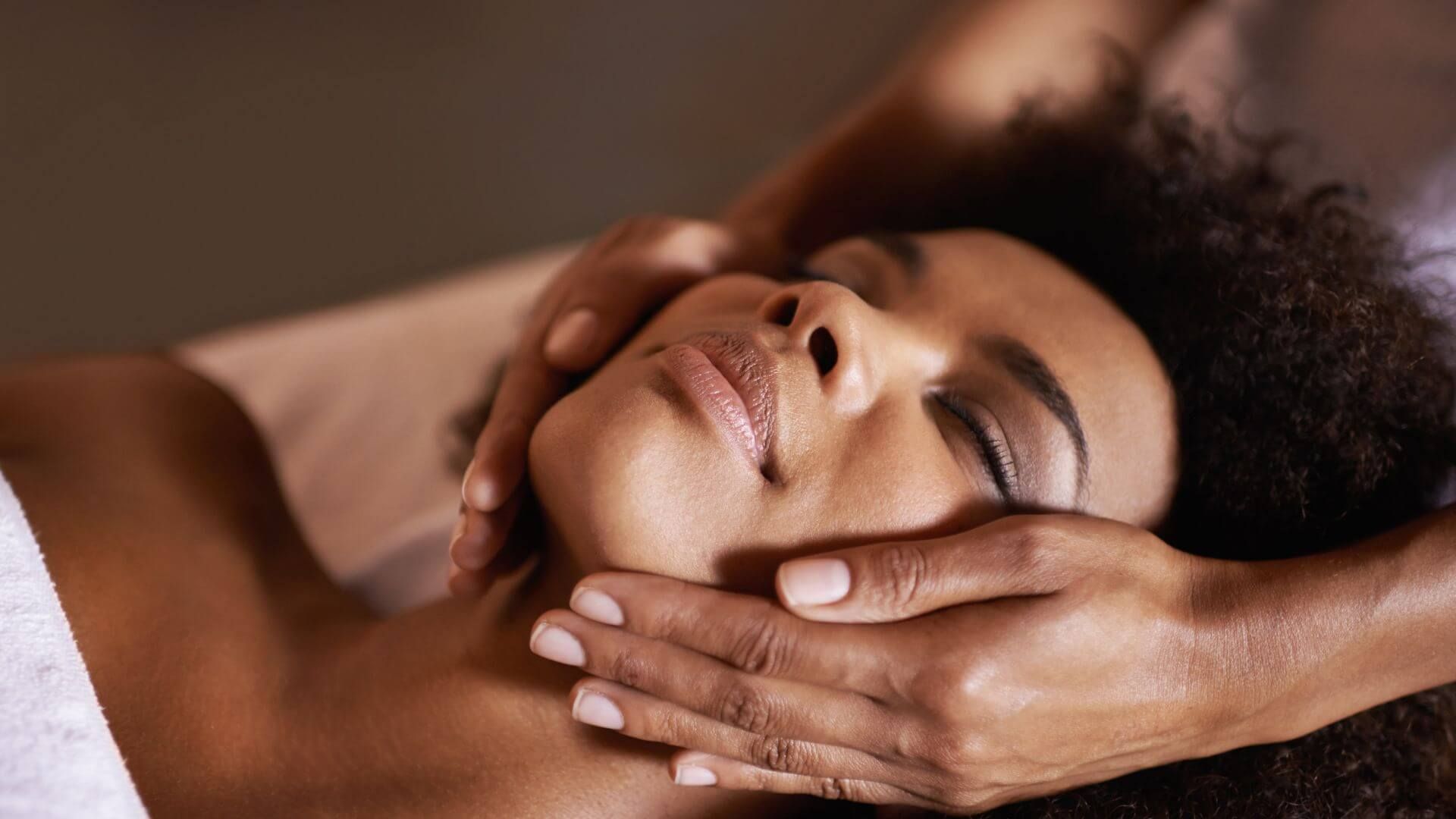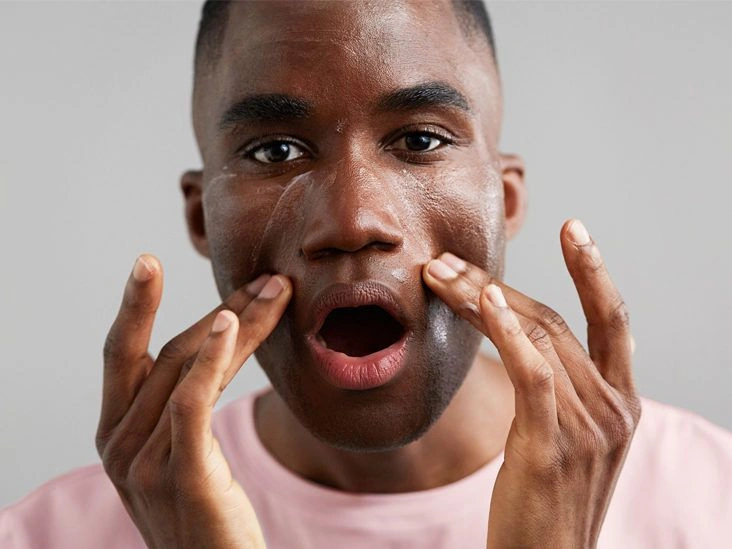Many people suggest that facial massage can support skin wellness, loosen facial muscles, and boost circulation. Nevertheless, a lot of these assertions lack robust scientific backing.
Whether your goal is simple relaxation or targeting a particular issue, there are numerous massage approaches you can experiment with.
Read on for a closer look at potential advantages of facial massage, how to perform it yourself, and when it’s wiser to see a professional.

Types of facial massage
Advocates describe several facial massage styles that are thought to offer health perks. Examples include:
- lymphatic drainage
- reflexology
- shiatsu
- gua sha
- sinus massage
- acupressure
These various modalities can use different movements and tools, such as cupping, manual kneading, and tapping or vibration devices.
It’s worth noting that evidence supporting many of these techniques comes from small or lower-quality studies, and more rigorous research is needed to determine how effective they truly are.
Reported benefits
Facial massage is associated with several reported benefits, though the level of scientific support varies. Some commonly mentioned advantages are:
Skin health and appearance
Massaging the face may enhance certain indicators of skin condition, including visible fullness, muscle tension, and blood circulation.
A 2018 study of 50 participants found that using a Pao device for facial massage might increase facial muscle thickness. The authors suggested this could contribute to “facial rejuvenation,” though that term is not precisely defined.
Another small 2018 trial reported that a 5-minute facial massage with a roller raised blood flow to the treated area for at least 10 minutes afterward; after five weeks of regular massage, the blood flow response to heat improved significantly.
A very small recent study involving six people proposed that facial massage can enhance facial muscle mobility, which might help lift the cheeks. In a related small study, the same researchers noted subjective improvements in skin appearance after using facial massage techniques.
Sinus pressure
Some individuals claim that massaging sinus zones can ease congestion and discomfort. While massaging certain facial areas may provide temporary symptom relief, it won’t resolve root causes of sinus pressure such as infections.
TMJ pain
Temporomandibular joint (TMJ) disorders can cause jaw or facial pain, and symptoms may include headaches, ear pain, or difficulty opening the mouth.
According to a 2020 review, TMJ massage and other physical therapies may help reduce related pain symptoms.
Scar tissue management
When a facial scar is healing, massage may help lessen its visibility. Working the scar and nearby tissues can increase circulation, relax surrounding tissue, and flatten raised areas.
Facial massage may also ease symptoms like pain, itching, and tenderness. An older 2014 review found that massage therapy reduced pain and itchiness while improving the look of hypertrophic scars from burns.
How to do it at home
You can perform a facial massage yourself at home. Start by cleansing your face and hands. Apply a small amount of serum, oil, or cleansing balm so your fingers glide smoothly across your skin; you may also use the flat of your palm.
Below are several techniques you can incorporate into a personal routine:
- Make gentle circular motions with your fingers on your temples.
- Use your palms and fingertips to stroke the sides of your face, beginning at the chin and moving upward toward the forehead, then slide your hands back down.
- Press and glide your ring fingers along your brow bone, moving from the inner toward the outer corner; repeat below the eyes.
- With your thumb and index finger, start at the outer edge of your brows and gently pinch as you progress to the inner corner.
- Press into the center of your brows and glide your fingers up to the hairline, then move toward the temples.
- Hold firm pressure between your brows for a few seconds, then continue while making slow clockwise and counterclockwise motions.
- Use your index and middle fingers to press beneath your cheekbones, moving from the center of your face out toward the temples.
- For more intensity, use your knuckles to press across your cheeks, beginning at the nose and moving to the ears.
- Pinch gently with your thumb and first two fingers at the center of your chin, then move the pinching action toward your ears.
- Press into your jaw, moving from the outer jawline toward the chin.
- Massage the area beneath your earlobes in circular motions.
- Use the outer edges of your pinky fingers to press down the neck, starting high and moving downward.
- Use your ring finger to press firmly into the inner brow, gliding outward toward the outer brow.
- Tapping lightly with your fingertips across the face can invigorate circulation; follow with gentle pinches of the fleshy areas.
- Apply acupressure to facial or sinus pressure points as desired.
:max_bytes(150000):strip_icc()/how-use-jade-roller-2000-29c8a0b1a7f741a4afa8c0d3550853d0.jpg)
When to see a professional
See a physician or licensed massage therapist for facial massage or if you have specific medical issues such as acne, TMJ, or concerns about scar reduction.
A trained practitioner can customize the massage to your needs and suggest complementary treatments if appropriate.
The bottom line
Facial massage can be a soothing, restorative practice and may help with particular concerns. Enjoy exploring techniques on your own or schedule regular sessions with a professional to see what benefits you notice.
Follow facial massage with products that support your skin’s health. For a radiant complexion, support your routine with adequate rest, a balanced diet, and regular physical activity.


















Leave a Reply
You must be logged in to post a comment.